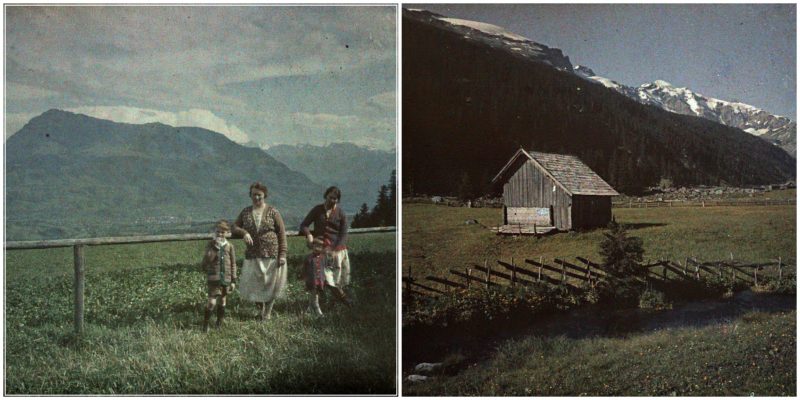Switzerland has existed as a state in its present form since the adoption of the Swiss Federal Constitution in 1848. The precursors of the modern country established a protective alliance at the end of the 13th century (1291), forming a loose confederation of states which persisted for centuries.
Switzerland is well known for the Alps in the south and south east. North of the Alps, the Swiss Plateau runs along the east-west axis of the country. Most of the population of Switzerland lives on the rolling hills and plains of the plateau. The smaller Jura Mountains are located on the north west side of the plateau. Much of the northern border with Germany follows the Rhine River, though the Rhine enters Switzerland near Schaffhausen. The eastern border with Germany and a portion of Austria is drawn through Lake Constance (German: Bodensee). A portion of the southwest border with France is drawn through Lake Geneva.
Famous for its idyllic landscapes. Here is an overview of the beauty of Switzerland from the 1920s.
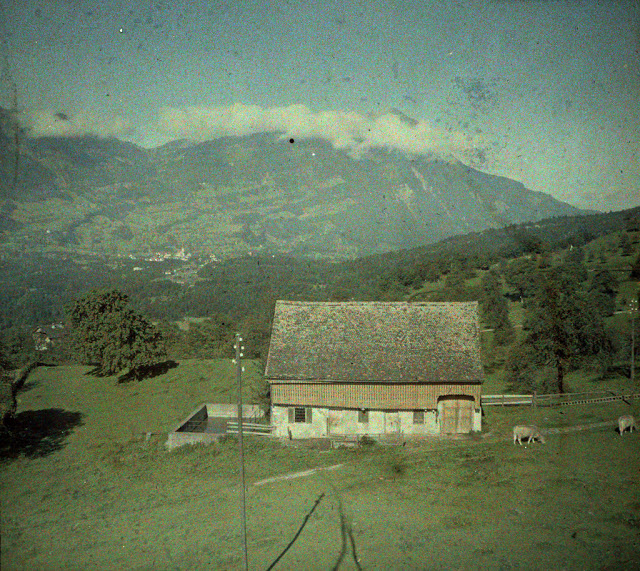
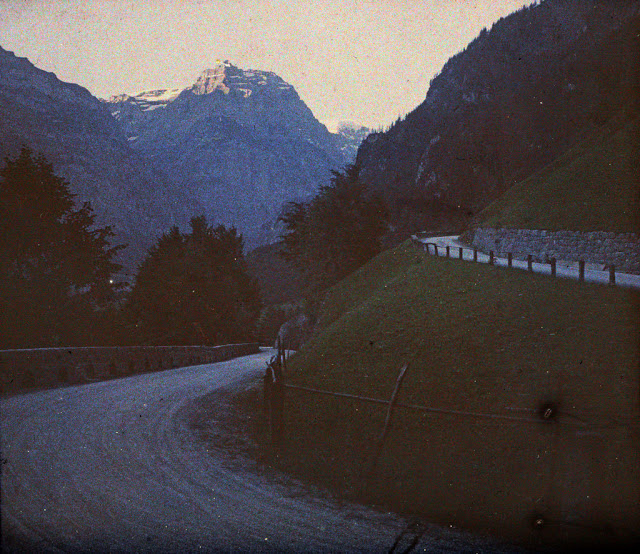
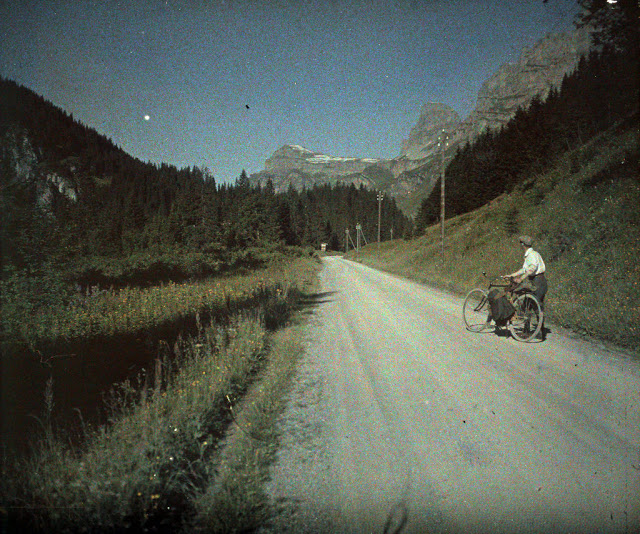
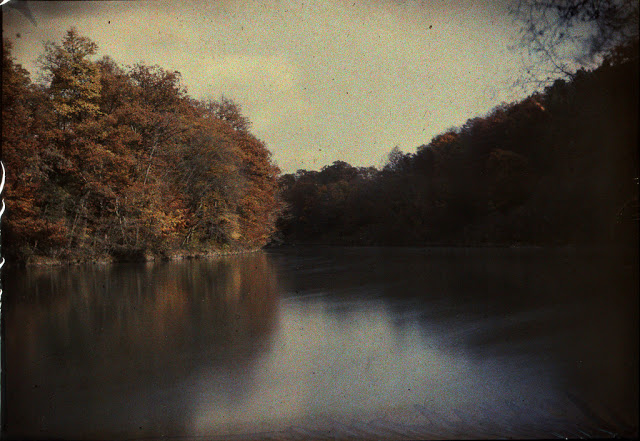
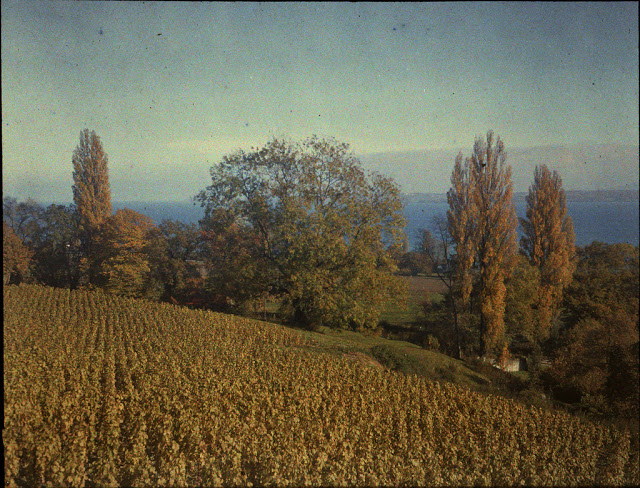
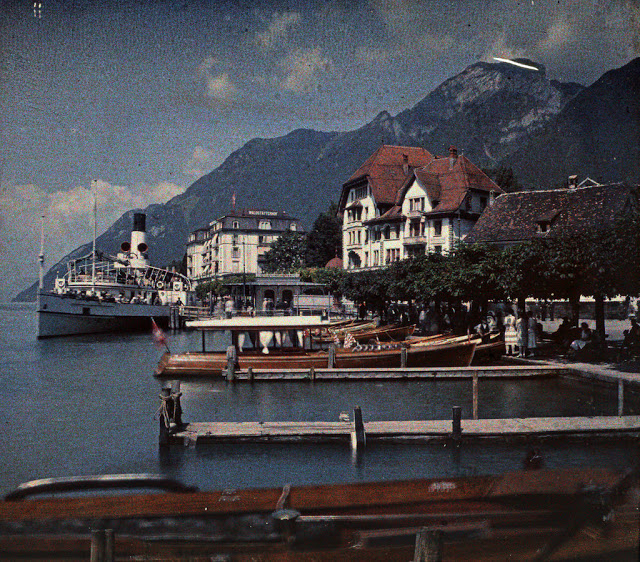
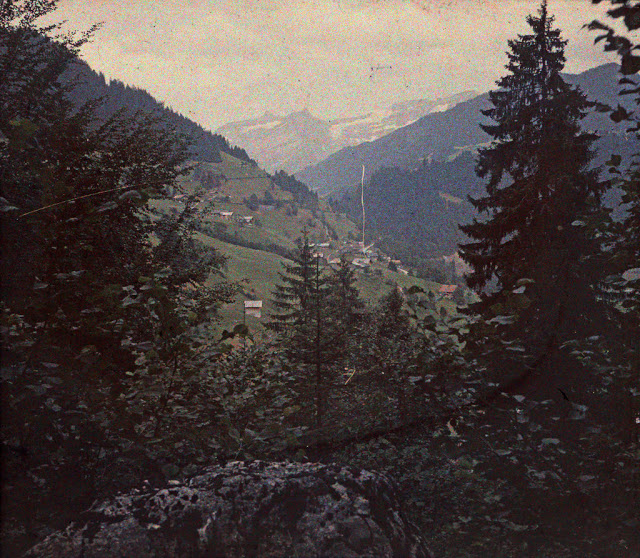
During both world wars, Switzerland managed to keep a stance of armed neutrality, and was not involved militarily. However, precisely because of its neutral status, Switzerland was of considerable interest to all parties involved, as the scene for diplomacy, espionage, commerce, and as a safe haven for refugees.
One potential result of the first world war was an expansion of Switzerland itself during the Interwar Period. In a referendum held in the Austrian state of Vorarlberg on 11 May 1920 over 80% of those voting supported a proposal that the state join the Swiss Confederation. However, this was prevented by the opposition of the Austrian Government, the Allies, Swiss liberals, the Swiss-Italians and the Swiss-French.
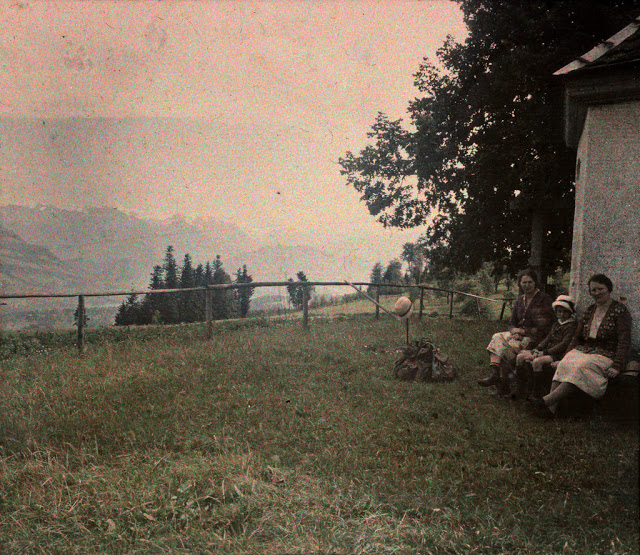
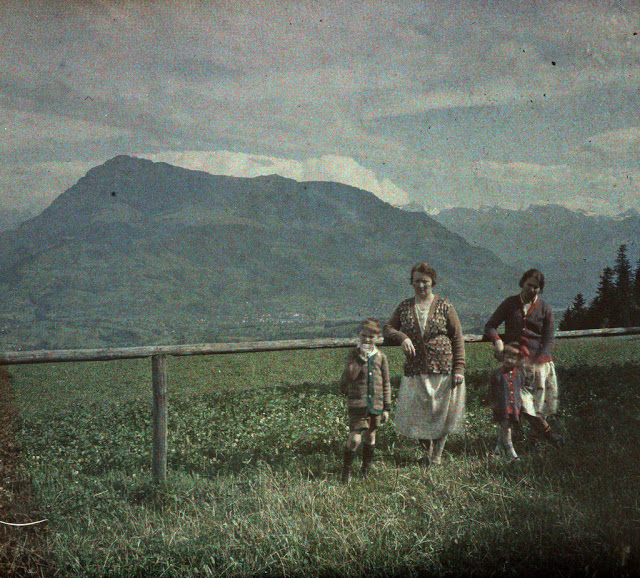
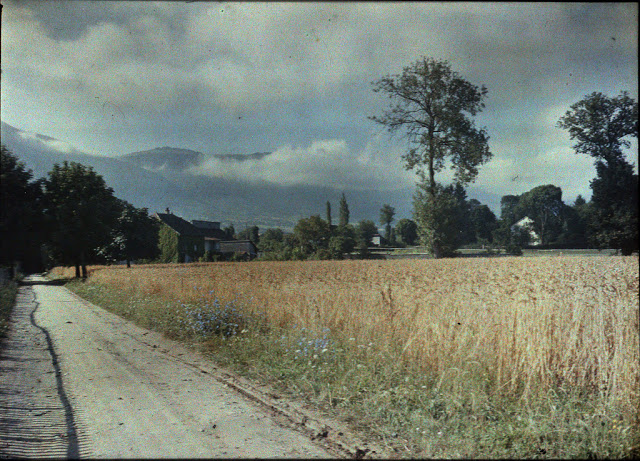
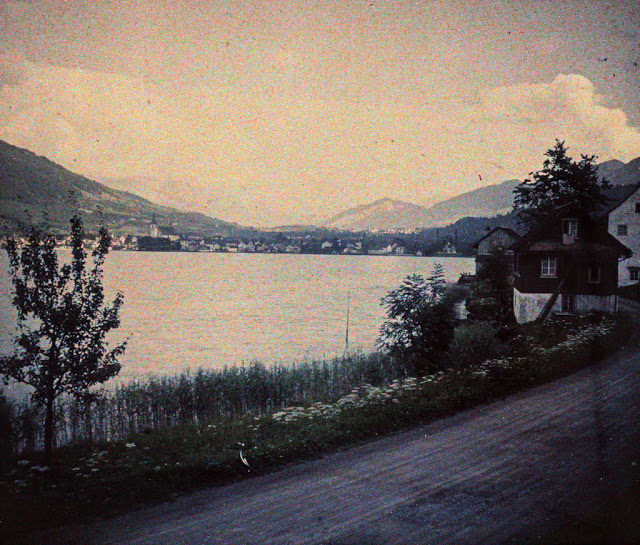
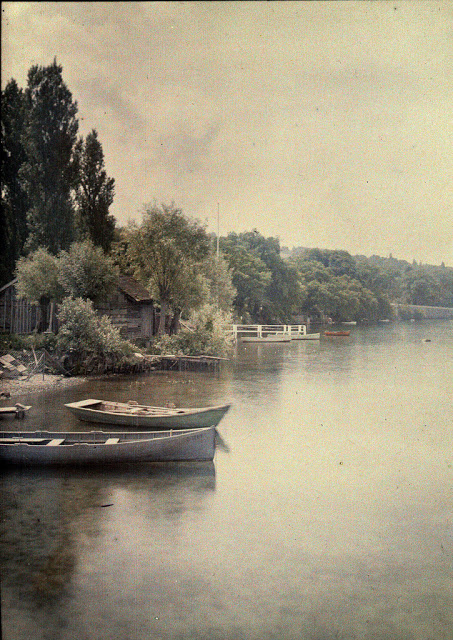
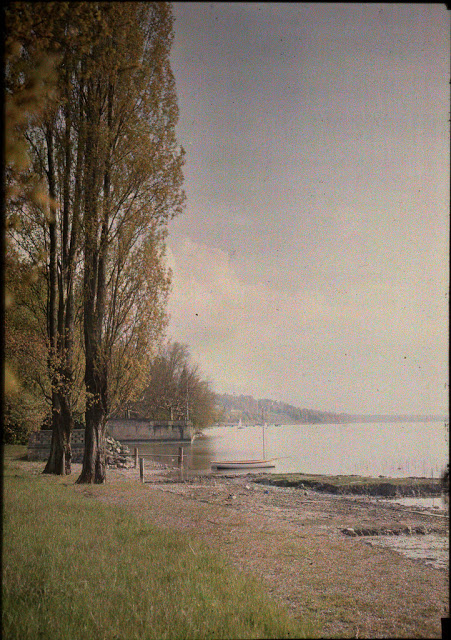
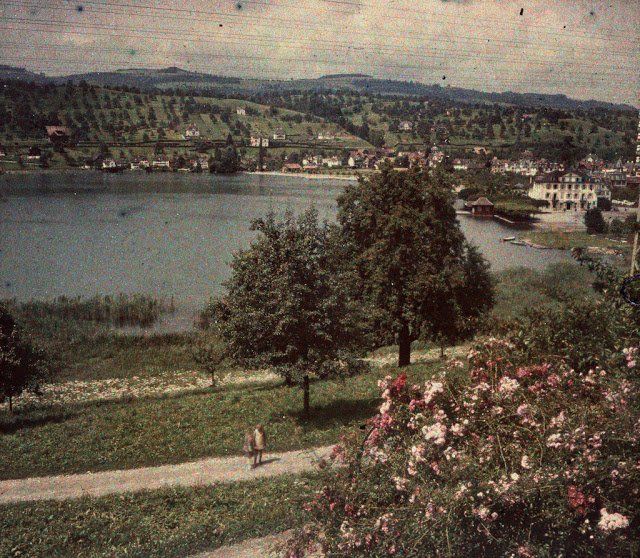
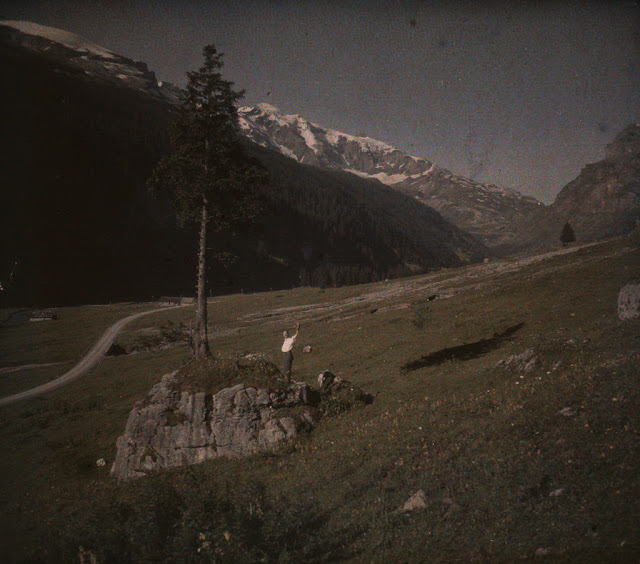
In 1934 the Swiss Banking Act was passed which granted Switzerland its other well-known feature: its banking privacy. This allowed for anonymous numbered bank accounts, in part to allow Germans (including Jews) to hide or protect their assets from seizure by the newly established “Third Reich”.
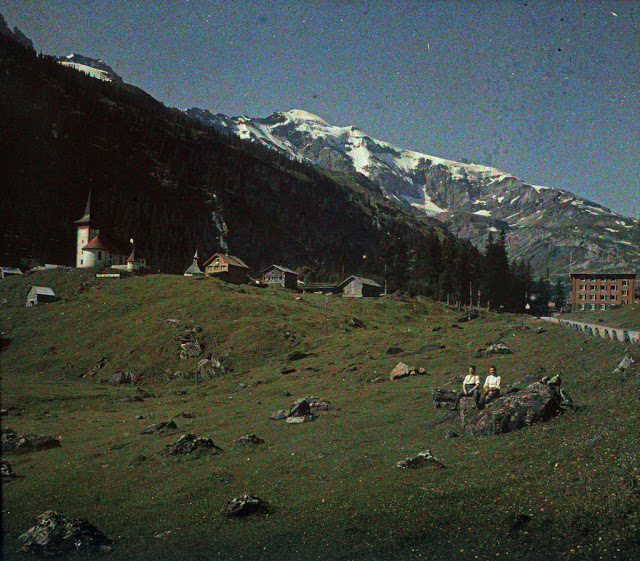
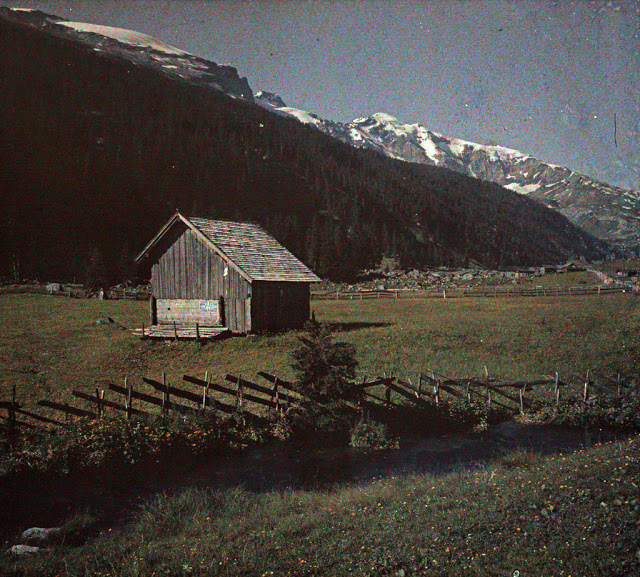
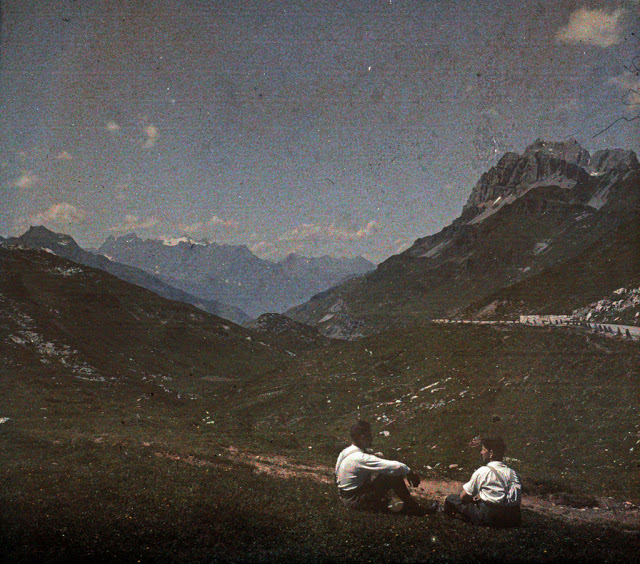
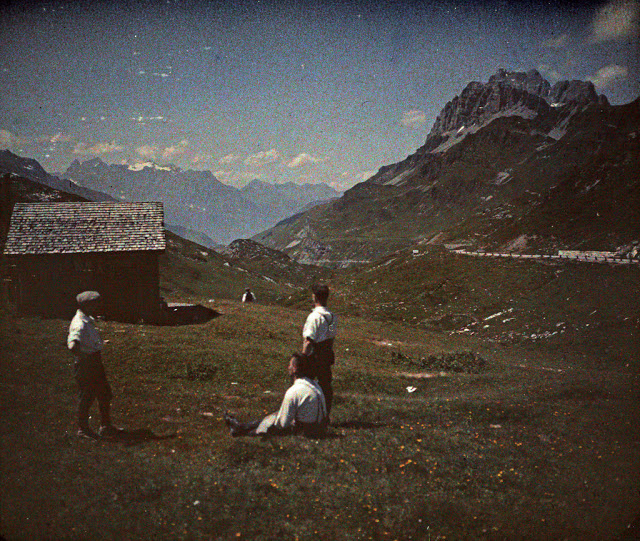
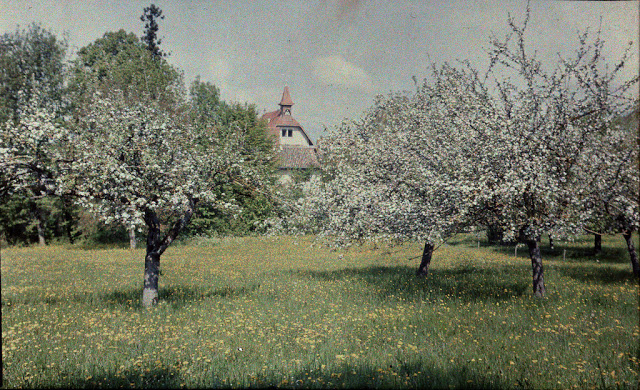
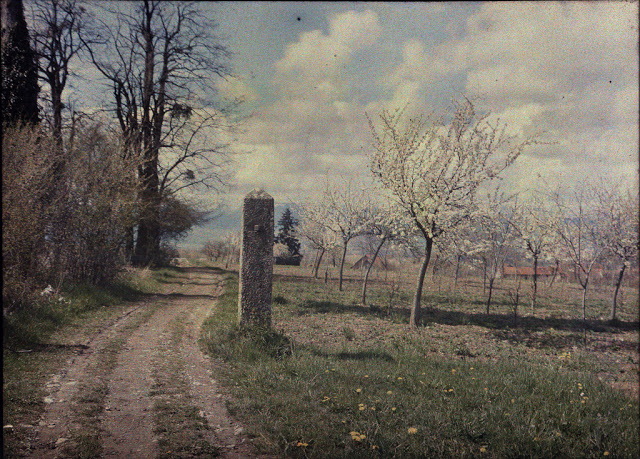
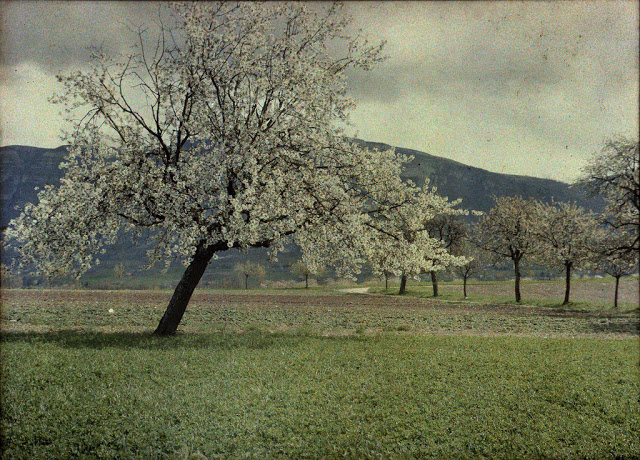
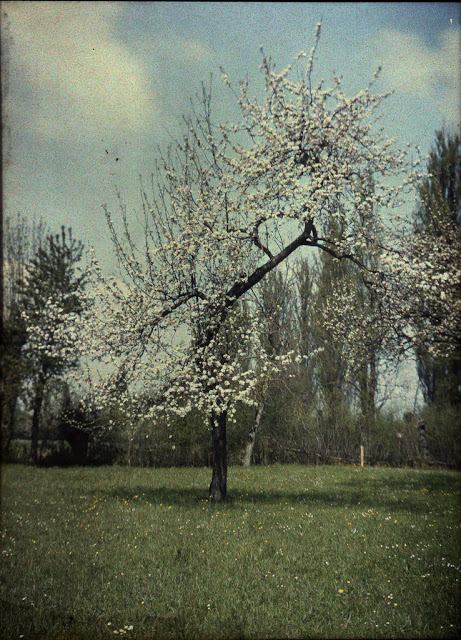
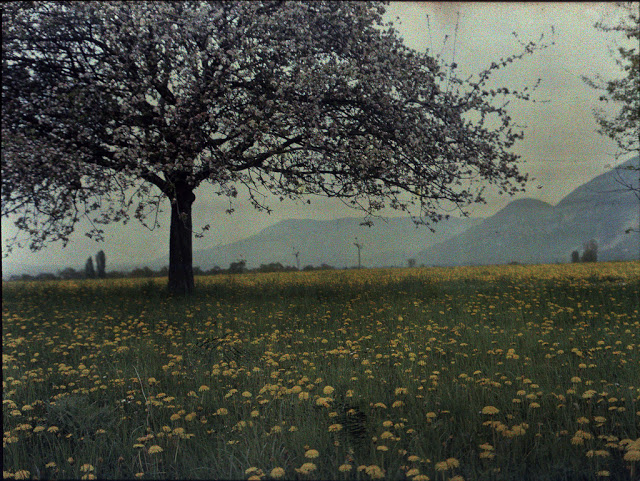
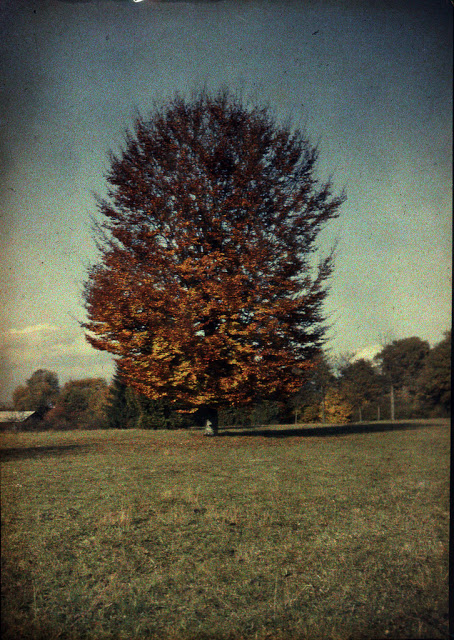
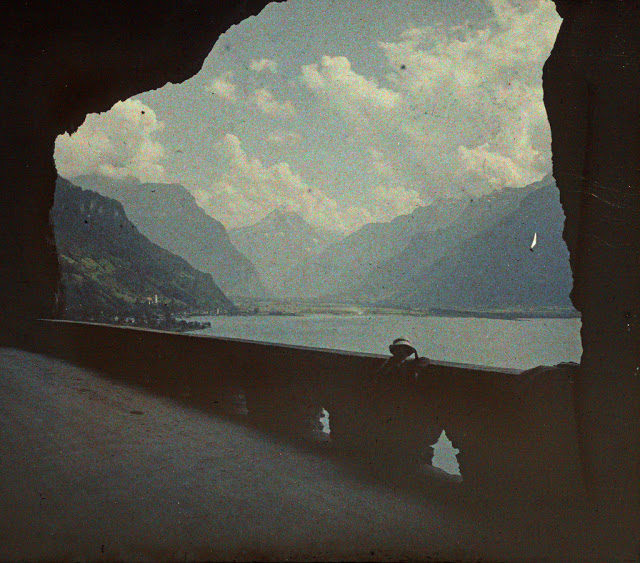
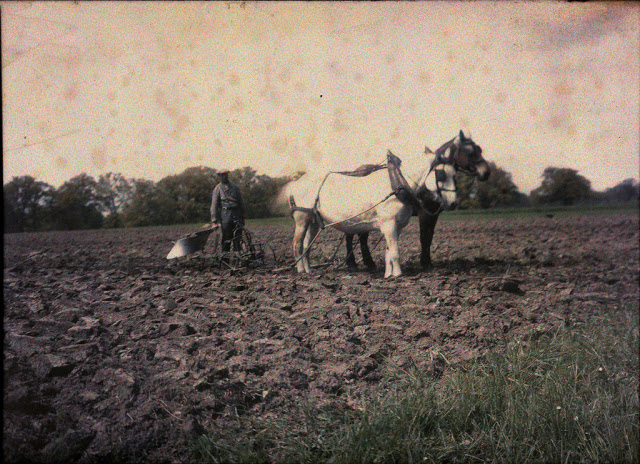
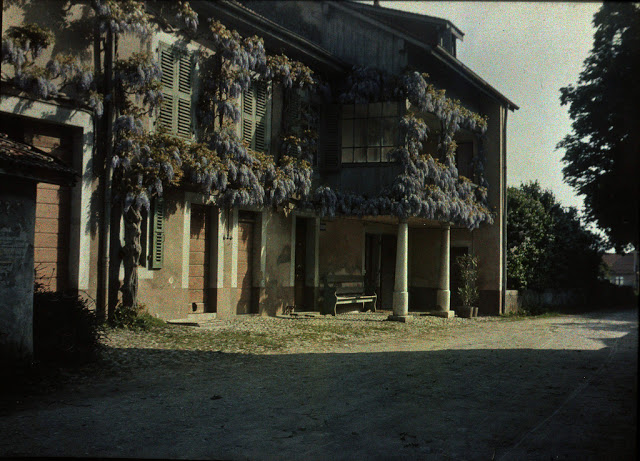
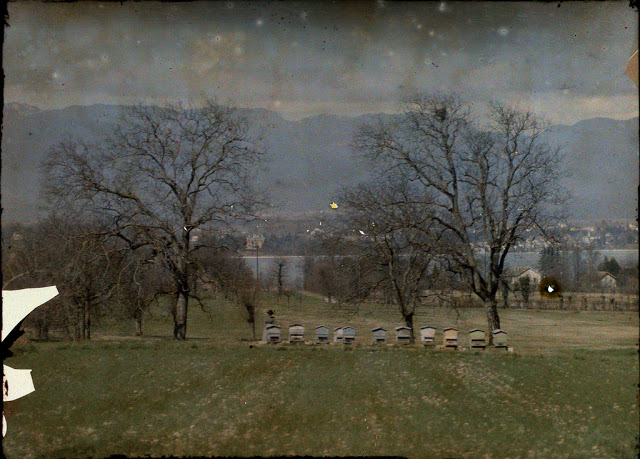
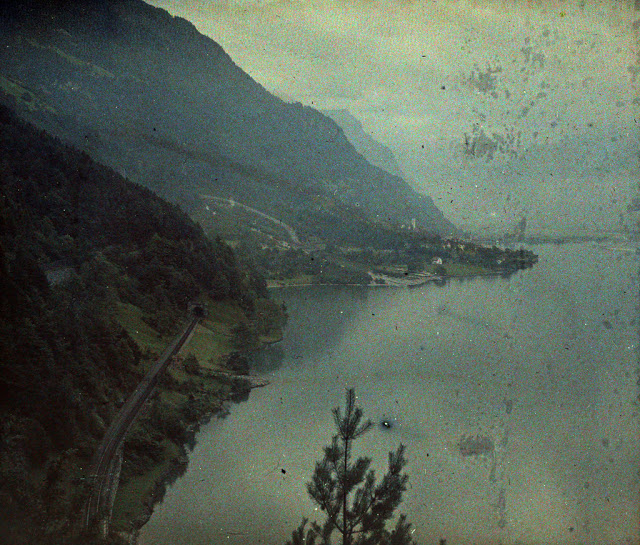
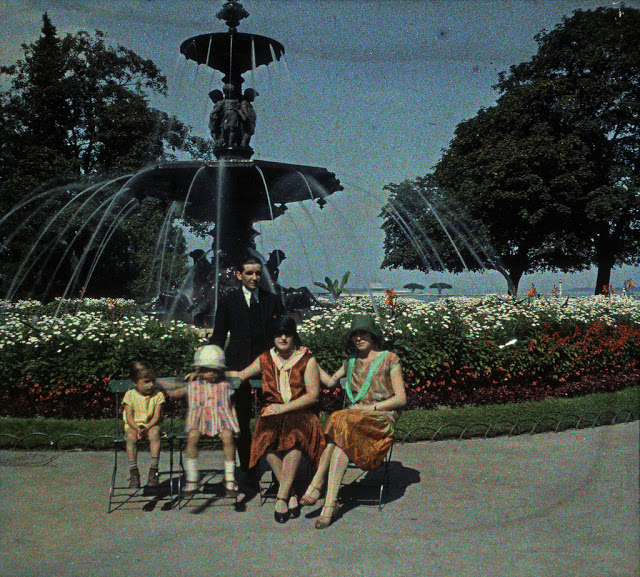
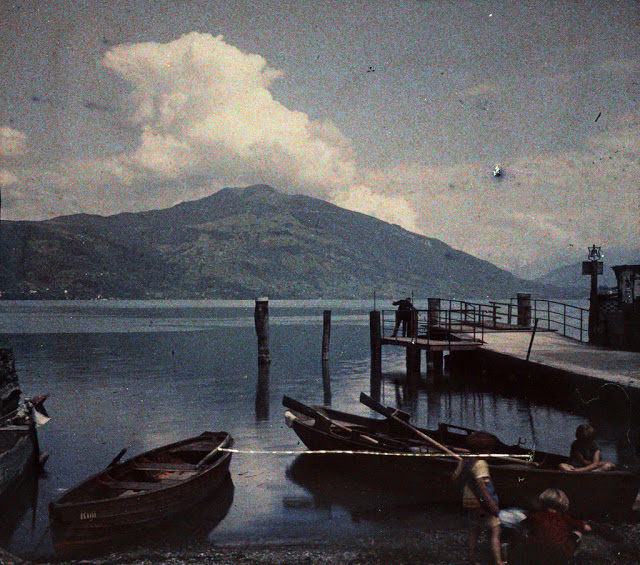
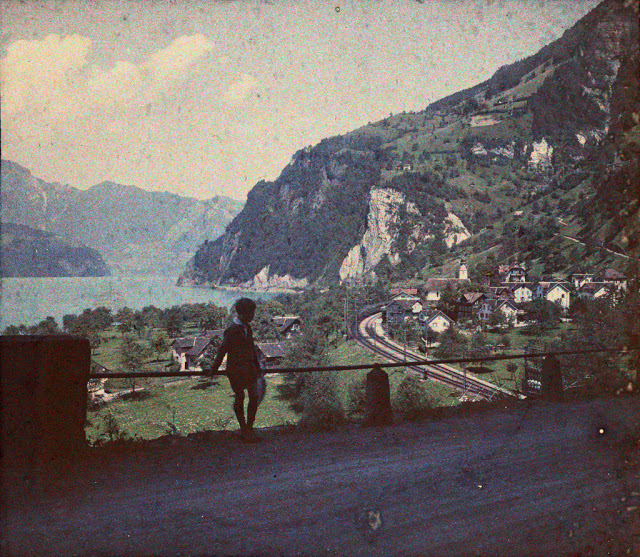
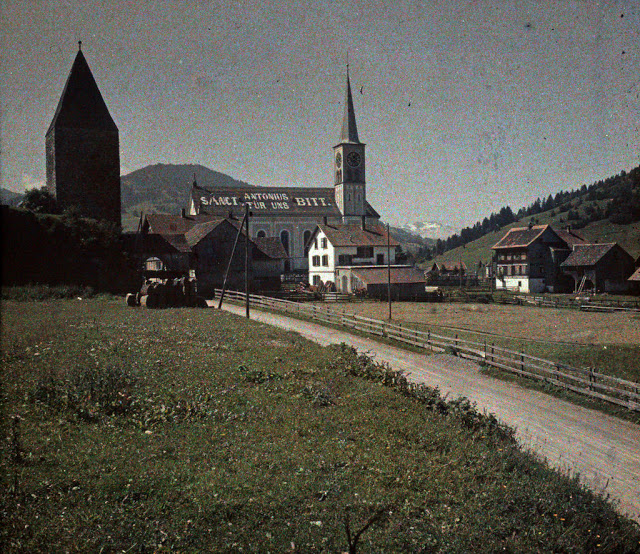
Whether it be dairy cows, chocolate, watches, cuckoo clocks, bank accounts, neutrality cheese, rugged Alpine landscapes or beautiful mountain lakes, Switzerland keeps us fascinated and intrigued. There is no other country quite like it.
Related Article: Switzerland’s Smallest Picturesque Mountain Village to be Converted to a Hotel
From the western part where French is spoken, with its cultural center in Geneva, or the German-speaking central and Eastern areas centered around cities such as Zurich and Bern, to even the Italian-speaking south: Switzerland attracts with its natural beauty and unique cultural makeup.
